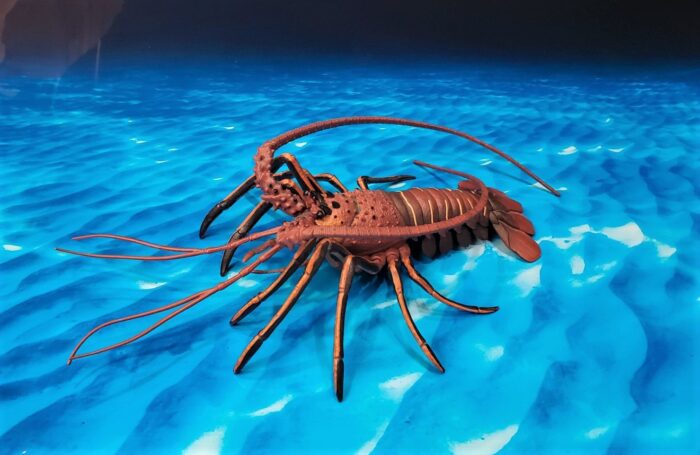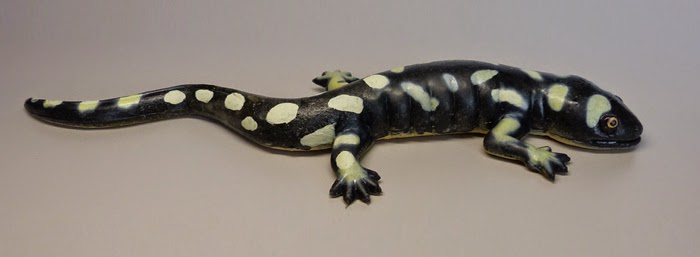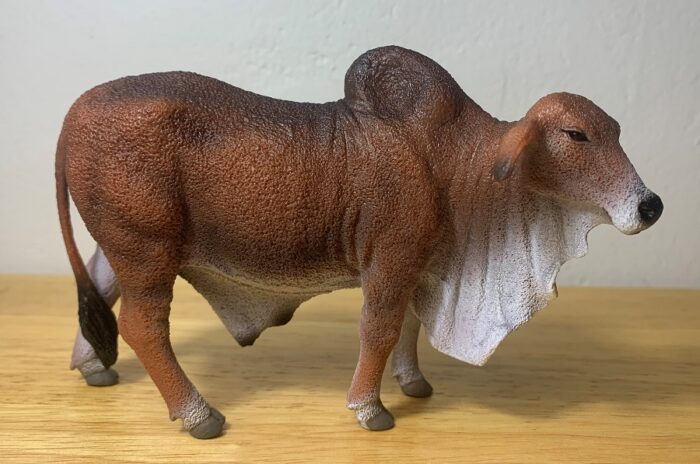Walk-around of the California spiny lobster, Panulirus interruptus (Randall, 1840) by Safari LTD, Incredible Creatures, released in 2018. The figure is not marketed at the species level, but given its morphology, color, and that it was originally hinted at being North American, P. interruptus is the most-likely candidate.
Tiger Salamander (Wild Republic by K&M International)
Appaloosa Stallion, Blue Roan (Horse Country by CollectA)
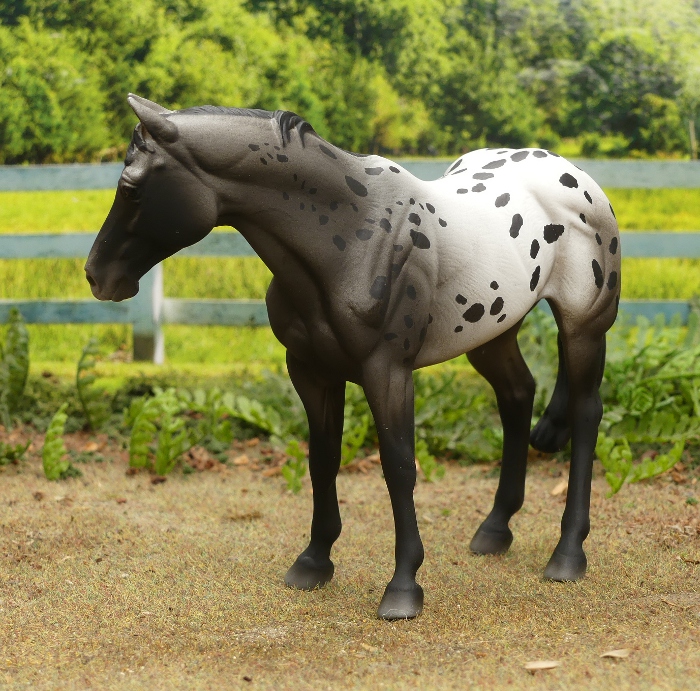
Review and images by Harecraft Horses; edited by bmathison1972
This is, as I’m sure all CollectA horse fans will recognise, an older mould re-released in a brand new colour for 2022.
Here he is alongside two of the older releases on the mould; the original Black Appaloosa Stallion from 2010, and the Buckskin Appaloosa (sometimes listed as Light Brown Appaloosa Stallion) from 2021.
Collared Lizard (Conservation Critters by Wildlife Artists, Inc.)
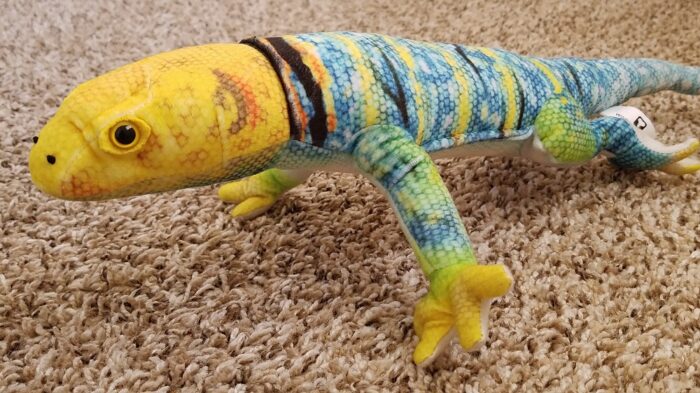
Review and images by Febrogon; edited by bmathison1972
Dogs, cats, and teddy bears tend to be the general preference for people wanting a stuffed animal; but I’m the sort of person who would rather cuddle a giant squid or lizard if given the chance. Naturally, good plush toys of creatures like reptiles are relatively less common, so I couldn’t help my attention being grabbed by a very nice-looking collared lizard on the shelf of the gift shop while visiting the Zion National Park last year.
Razorback Sucker (Marsh Education by Safari Ltd.)
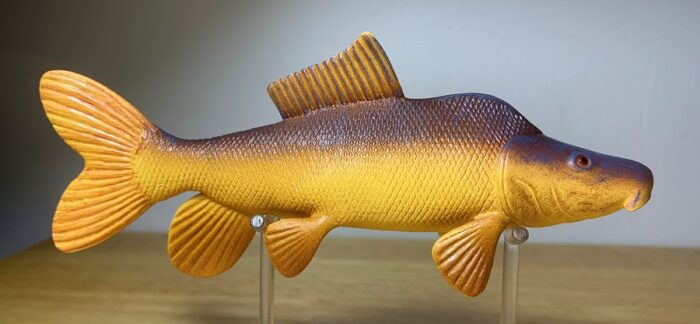
It is my great pleasure today to introduce my readers to one of my holy grail collectibles, the razorback sucker (Xyrauchen texanus) by Safari Ltd. This figure is one of a set of 6 produced by Safari Ltd. for the Marsh & Associates Native Fish Lab, all of which represent endangered fishes native to Arizona, USA.
Keel-billed Toucan (Wings of the World by Safari Ltd.)
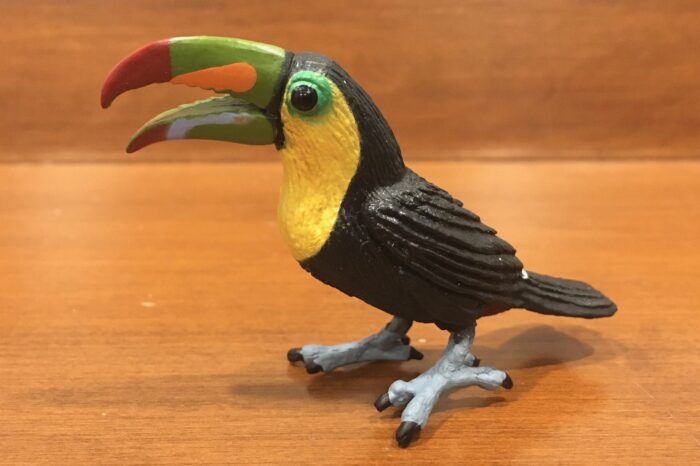
Review and images by Suspsy; edited by bmathison1972
The toucans of Central and South America are some of the most unmistakable birds in the world thanks to their enormous bills and vivid colours. The beautiful keel-billed toucan (Ramphastos sulfuratus), also known as the rainbow-billed or sulphur-breasted toucan, is perhaps the most iconic member of this family.
Bee Hummingbird, pair (1/1 Bee Hummingbirds by SO-TA)
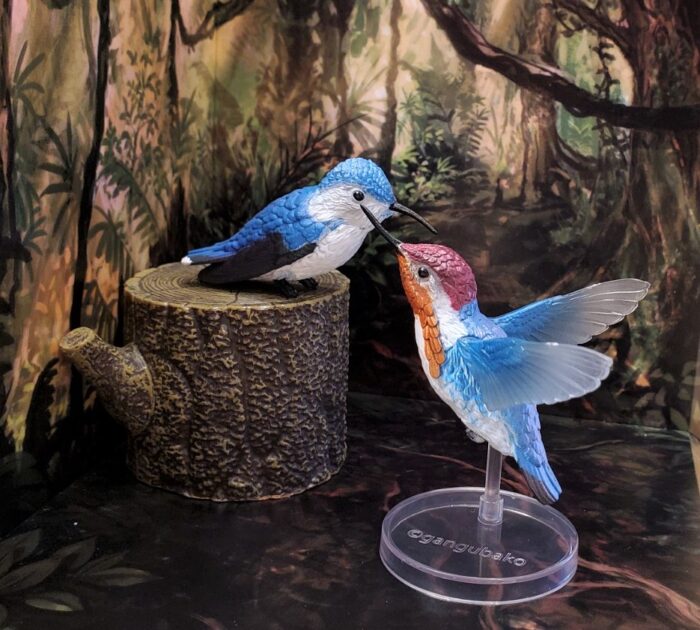
The bee hummingbird (Mellisuga helenae) is the world’s small extant bird, possibly the smallest bird ever known (but I am not up-to-date on the full extent of the avian fossil record). It is endemic to Cuba and its surrounding islands, especially the Zapata swamp in the eastern part of the island.
Old World Swallowtail, adult and caterpillar (Wild Animals by Papo)
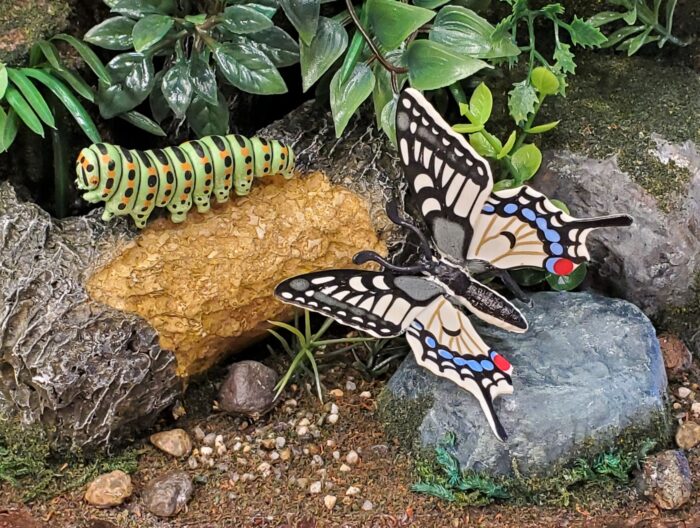
While commonly referred to as the ‘Old World swallowtail’, Papilio machaon has a very wide distribution, widest of any of the Papilionidae, covering most of the Palearctic and into western North America. Part of the species’ success is its tolerance for a variety of habitats and host plants. The butterfly can be found in forests, grasslands, hilltops, Alpine meadows, tundra, wetlands, disturbed areas, parks, and gardens.
Goldendoodle (Farm World by Schleich)

Review and images by Bonnie; edited by bmathison1972
As soon as I knew Schleich were releasing a crossbreed featuring a golden retriever I was very excited to see it in real life!
I think this is a really interesting model, as it is the first time Schleich have released a cross-breed dog officially named and in their main dog series!
Groundhog (Incredible Creatures by Safari Ltd.)
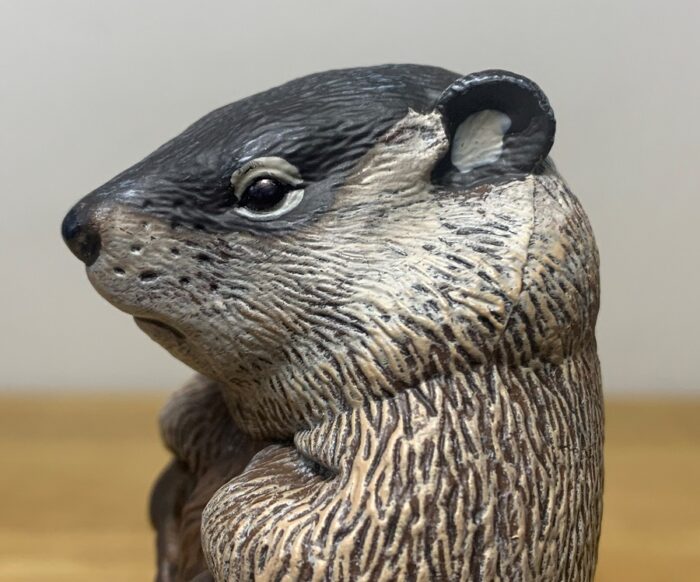
“Hear Ye! Hear Ye! Hear Ye!“
“Now, this second day of February, Punxsutawney Phil, the Seer of Seers, Prognosticator of all Prognosticators, was awakened from his burrow. In Groundhogese, Phil directed the Inner Circle to his Predictive Scroll.”
And thus begins the Groundhog Day ceremony (roughly) as it has begun each year in Punxsutawney, Pennsylvania at Gobbler’s Knob since 1886.
Brahman Cattle, Bull (Farm Time by CollectA)
Reindeer, Special Holiday Edition 2021 (Schleich)
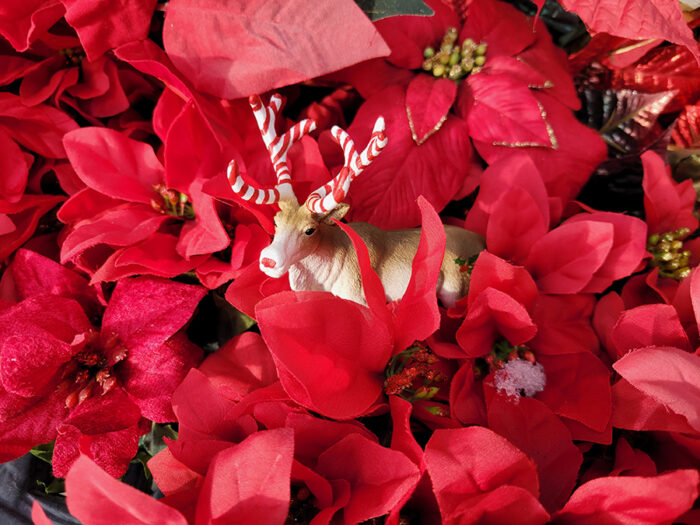
Review and images by Saarlooswolfhound; edited by bmathison1972
Happy Holidays everyone! Whatever you celebrate this season, I do hope that it is holly and jolly and fun! Just like this special edition Schleich reindeer model (Rangifer tarandus). Released late in the year of 2021 as part of a holiday special release, it is a festive reindeer model.

